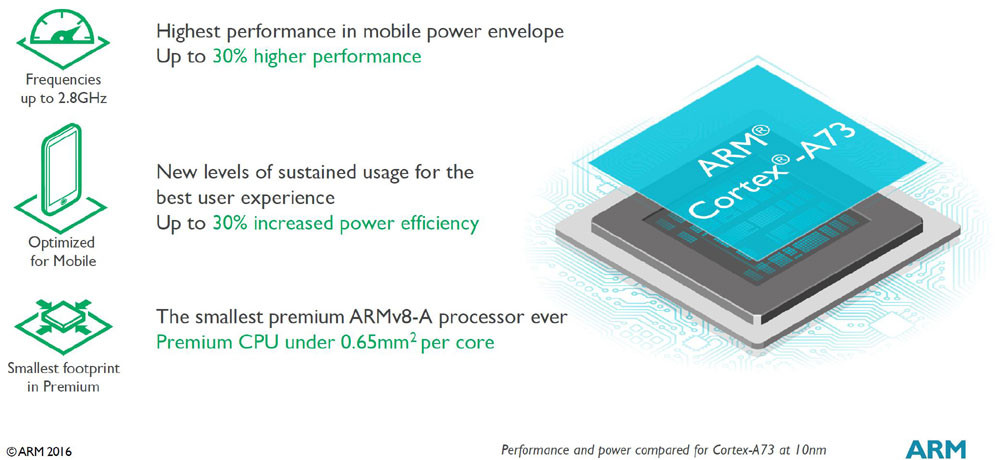

NVIDIA just announced a new mobile chip called the Tegra K1. It’s going to come in two versions. The first, due to be released during the first half of 2014, will have four ARM Cortex A15 application processors. The second, due in the second half of 2014, will come in a dual core configuration that uses NVIDIA’s own custom “Denver” processor. What makes “Denver” special is that it’s 64-bit. Both of these K1 variants will be backed up by a 192 core GPU that’s allegedly going to be crazy fast, but we won’t exactly know how fast until it’s benchmarked.
And here is where the trouble starts. Why should Samsung, Sony, HTC, LG, or any other company, stop using Qualcomm’s chips or Intel’s chips and instead give NVIDIA a chance? If you stop and think about which companies are selling the most Android phones and tablets, none of them use NVIDIA’s Tegra lineup. Sure, Microsoft’s new Surface 2 has a Tegra 4, but can anyone call that thing a successful product with a straight face?
Look, I have zero doubt in my mind about the capabilities of NVIDIA’s engineers. Unfortunately, management didn’t get the memo about integrating all the wireless radios that are needed to sell a competent mobile device. The Tegra K1 is going to be a beast of a chip when it finally starts shipping, but so will Qualcomm’s newest chip, and Qualcomm’s chip comes with WiFi, Bluetooth, NFC, and a 4G LTE modem that supports every LTE network under the sun.
[Further Reading: AnandTech 1, AnandTech 2]















